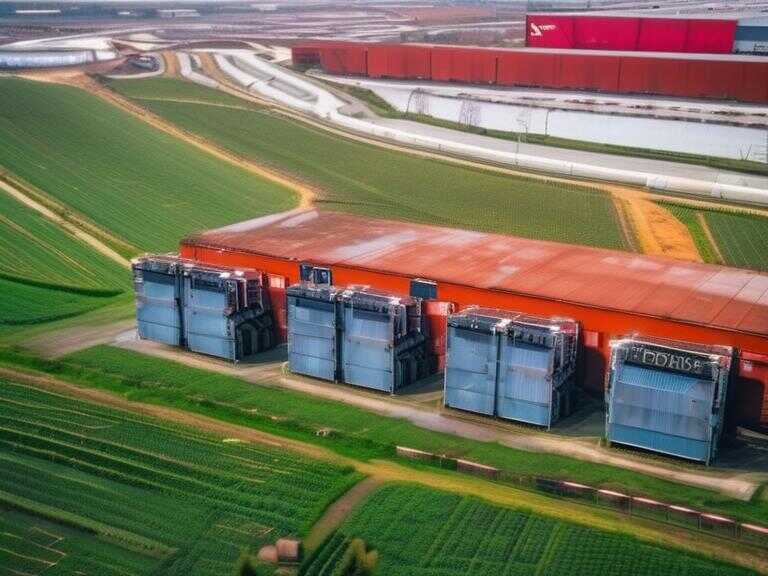
Texas Floods Expose Trillion-Dollar Cost of Climate Disaster Rise
Climate change fuels increasingly severe natural disasters, causing billions in damage and economic losses annually.

The relentless march of climate change is transforming the landscape of disaster response in the United States, pushing the nation towards a growing disaster economy. As the frequency and intensity of extreme weather events escalate, communities are grappling with unprecedented levels of damage and economic disruption.
Across the country, from the sun-baked plains to the windswept coasts, the specter of natural disasters looms large. The tragic floods that ravaged Texas in early July serve as a stark reminder of the growing cost of inaction. Thousands of homes were obliterated by the swollen Guadalupe River, leaving behind a trail of devastation and despair. The economic toll was staggering, exceeding $240 million in lost property value alone.
The Human and Economic Cost of Disasters
This devastating event is just one chapter in a larger story of escalating disaster frequency and its profound impact on the nation's economy. The increased disaster frequency is wreaking havoc on communities, infrastructure, and livelihoods. The rebuilding costs are soaring, further straining already burdened resources.
Decades ago, two meteorologists at the National Oceanic and Atmospheric Administration (NOAA) initiated a crucial endeavor: tracking the most significant natural disasters in the United States. Their meticulous records revealed a chilling trend—an upward trajectory in the number of billion-dollar disasters. Despite this alarming evidence, the Trump administration's decision to halt the publication of data on these catastrophic events cast a shadow over efforts to understand and address the root causes of this growing crisis.
The consequences of climate change are multifaceted and far-reaching. From intensifying hurricanes and wildfires to relentless heatwaves and devastating floods, the nation is facing an onslaught of extreme weather events that threaten its very fabric. These disasters not only cause immense human suffering but also inflict significant economic damage, disrupting businesses, crippling infrastructure, and undermining public safety.
The Growing Burden of Rebuilding
One of the most daunting challenges in the wake of a disaster is the arduous process of rebuilding. As the cost of construction materials continues to skyrocket, the financial burden on communities striving to recover from these catastrophes intensifies. The rising building costs are exacerbating an already dire situation, making it increasingly difficult for individuals and families to rebuild their lives.
While the devastation wrought by natural disasters is undeniable, there is hope. Proactive measures taken before a disaster strikes can significantly mitigate its impact. The federal government's own calculations reveal that every dollar invested in disaster preparedness yields a staggering return of six dollars in averted losses. By prioritizing investments in resilient infrastructure, early warning systems, and community outreach programs, we can strengthen our defenses against the ever-present threat of extreme weather events.
Share news















